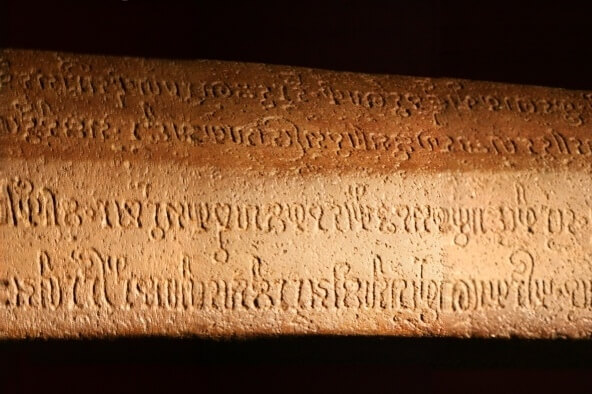Facts About Kota Kapur inscription
The Kota Kapur Inscription is a captivating historical artifact discovered on Bangka Island, near South Sumatra, Indonesia. Unearthed in December 1892 by J.K. van der Meulen, it derives its name from the village where it was found. Composed in Old Malay and inscribed using the Pallava script, this ancient inscription dates back to 686 CE, making it one of the oldest known examples of the Malay language.
The inscription is particularly remarkable for its content, which includes a curse against those who commit treason against Srivijaya and references the beginning of Srivijayan invasions into Java. Initially, Dutch epigrapher H. Kern studied and dated the inscription but erroneously believed that Srivijaya was the name of a king. It was George Cœdès who later elucidated that Srivijaya was actually a formidable Buddhist kingdom expanding its territory.
The text of the Kota Kapur Inscription contains curses for various offenses, including treason and trespassing against the Srivijaya kingdom. This inscription is one of five issued by Sri Jayanasa, the ruler of Srivijaya, and is carved on a pinnacle stone.
Historically, the Kota Kapur Inscription is of immense significance. It offers an insight into the Hindu-Buddhist era in the region during the 6th and 7th centuries. It holds particular importance as the first Srivijayan inscription discovered, predating other notable findings like the Kedukan Bukit Inscription and the Talang Tuwo Inscription.
Together with other archaeological discoveries, the Kota Kapur Inscription provides invaluable insights into the ancient society and history of the Srivijaya era, highlighting the cultural and religious influences of the time.

 Timor Leste
Timor Leste